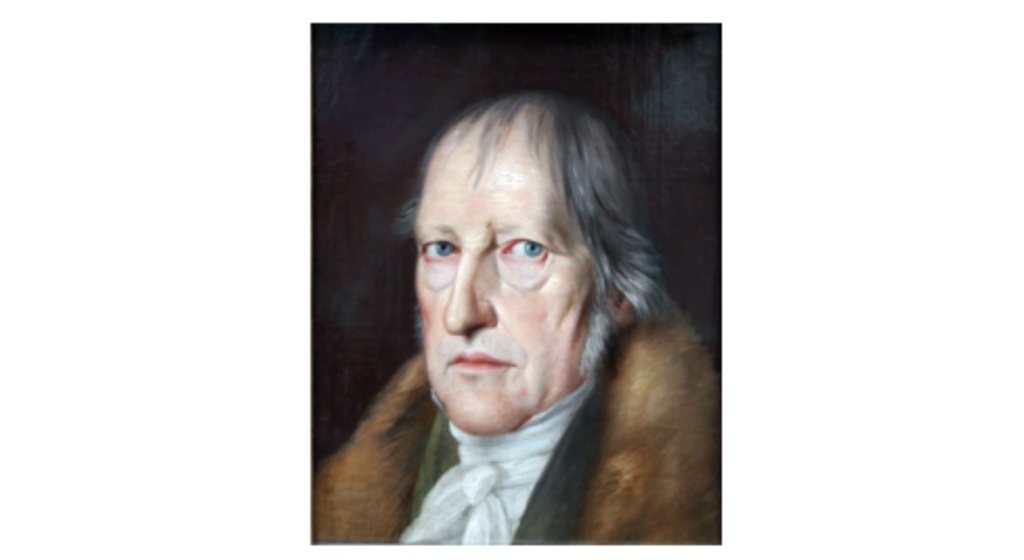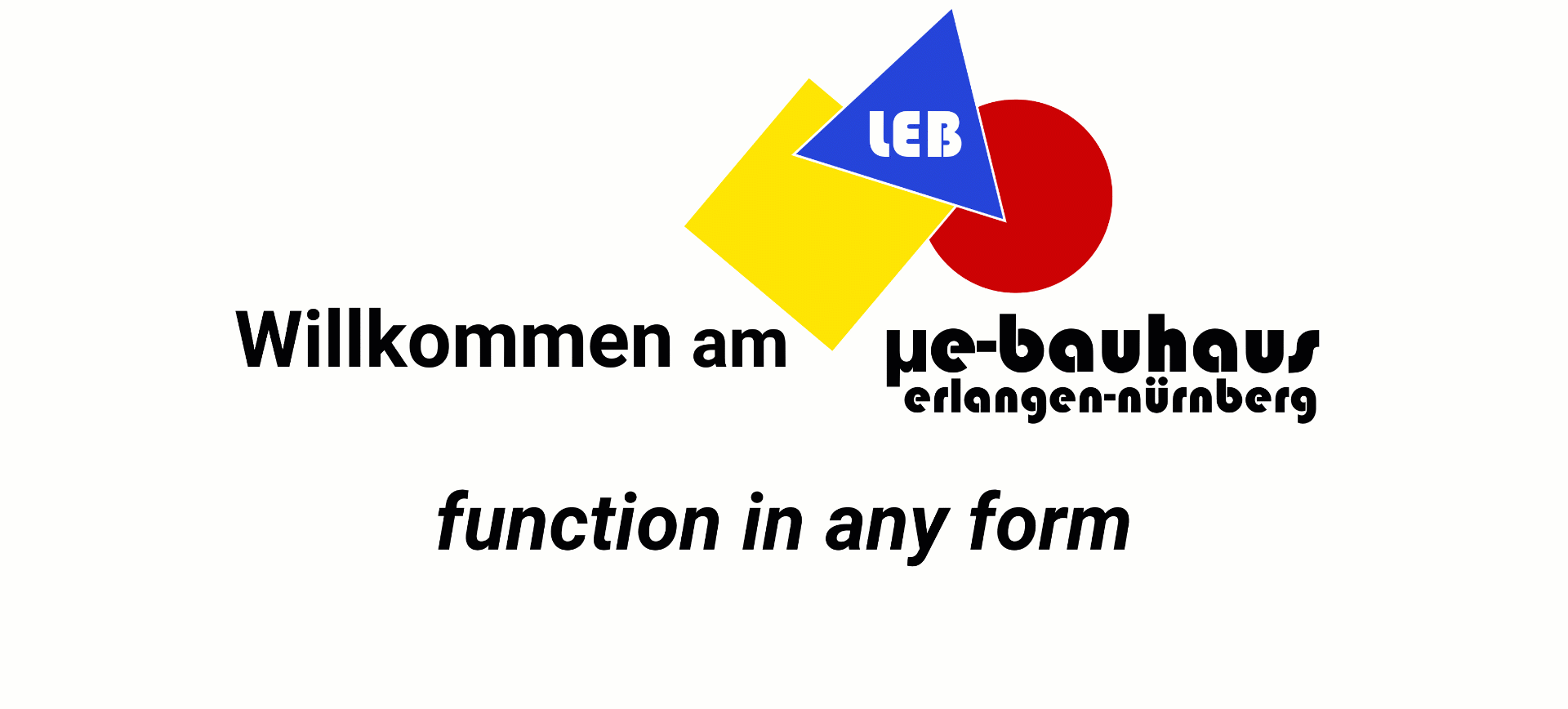Idea and Disruption
Idea and Disruption – Engineering art as the ascent from the conceptually abstract to the intellectually concrete
Based on the analysis of the known as well as its evaluation and perfection, the students of µe-bauhaus erlangen-nürnberg develop the ability to formulate questions for new micro-, nano- and quantum electronic systems, to formulate theory-guided hypotheses for approaches to solutions and thus to help shape the technologies of the future.
At the same time, they acquire the ability to recognize disruptions and to react to them in terms of technical-economic, ecological and social progress, always complying with the principle of sustainability.

Disruption on 5th Avenue in New York City: around 1900 (no cars) and 1913 (no horses)
Photo: US National Archives & George Grantham Brian Collection
Disruptive engineering arises above all methods, it is not teachable in itself, but the scientific-technical theory, the associated craft and the way to it, which was already described by Hegel as
“the ascent from the conceptual abstract to the intellectually concrete”,
Georg Wilhelm Friedrich Hegel
is.
Abstract is understood “in the sense of the individual, the particular”. It is result of the empirical thinking, the basic operation is the comparison.
Spiritual “concrete” is result of theoretical thinking. It is the realization of basic relations, theoretical generalizations. Basic operation is classification.
Only theoretical generalizations enable the transfer to novel requirements.
And only that enables disruption!
Disruptive engineering that can create innovations results from deep knowledge of science and technology
For this reason, we see the thorough technical, electrotechnical training of all students in workshops and on trial and work stations and the ability to think in a networked manner as an indispensable basis for all electrotechnical work.

Georg Wilhelm Friedrich Hegel (1770-1831), German philosopher, most important representative of German idealism; painting by Jakob Schlesinger (1831), National Museums in Berlin | Photo: Jakob Schlesinger (1792-1855), Public Domain, Wikimedia Commons
